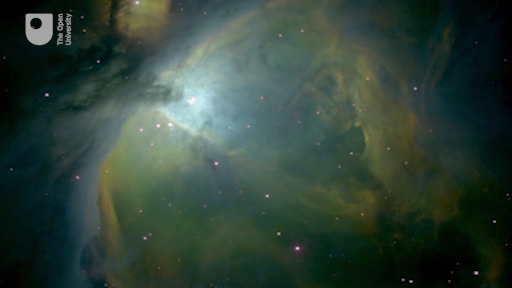2.1 Magnitude limits and choice of observing site
Taking factors such as stray light and transparency of the air into account, the magnitude of the faintest object that can be detected using a particular instrument at a particular location is referred to as the limiting magnitude for that site. This goes some way to explaining the choice of a mountainside on Tenerife as the site for COAST; being 2400-m above sea level means that COAST is above a large part of the Earth’s atmosphere. A telescope the size of COAST can see fainter objects from a clear site like the observatory in Tenerife than it would at ground level – in other words, it has a fainter limiting magnitude.
In this next video Alan reminds us of the importance of dark adaptation and a clear observing site and compares what can be seen with dark-adapted eyes and with binoculars, before considering the benefits of larger instruments such as COAST. (Note: since this video was shot, COAST has been upgraded. The new dimensions are stated in the paragraph below. )

Transcript
The theoretical magnitude limit of any instrument can be calculated providing you have knowledge of the diameter of the mirror or lens. However, as noted earlier, the actual limiting magnitude also depends on the conditions at the observing site.
For COAST with a primary mirror aperture of 430 mm the theoretical limiting magnitude would be approximately +16 if fitted with an eyepiece for visual observing. However, COAST is fitted with a sensitive CCD camera which by using long exposure times can collect more light and detect even fainter objects than this.
